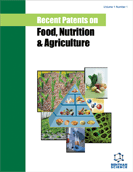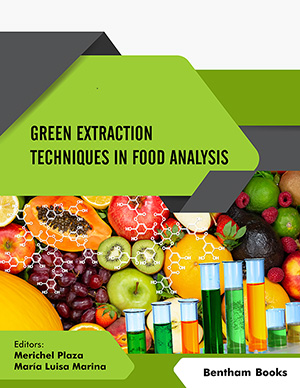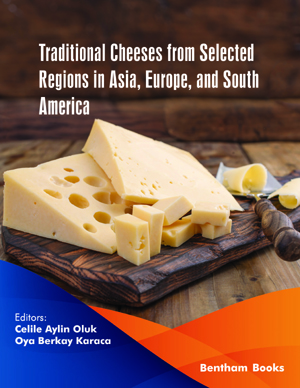Abstract
Seaweeds are primary producers of the oceanic ecosystem and essential for the survival of marine life forms. As they proliferate and restructure niches, they support the development, reproduction, and growth of a plethora of marine biodiversity habitats. However, the unprecedented climate change and human interventions have severely compromised coastal ecosystems. The physiological parameters such as temperature, pH, and carbonate chemistry have affected the abundance, nutritional dynamics, and, most critically, the geospatial distributions of seaweed communities. These factors play a pivotal role in the design and establishment of artificial cultivation strategies for economically valuable seaweeds. So far, the meager explorations of geochemical interactions among seaweeds have made it difficult to understand the possible environmental interactions with seaweed communities, thus sometimes severely affecting commercial cultivation practices. Furthermore, modeling environmental parameters with coastal geochemistry may effectively address the management and conservation of seaweed biodiversity.
Keywords: Cultivation, Edible Seaweeds, Habitat Diversity, Land Cultivation, Seaweed Farming.



















